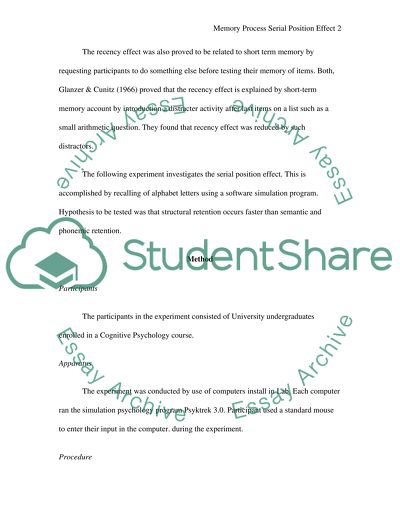Cite this document
(“Memory Process Serial Position Effect Lab Report”, n.d.)
Retrieved de https://studentshare.org/miscellaneous/1517472-memory-process-serial-position-effect
Retrieved de https://studentshare.org/miscellaneous/1517472-memory-process-serial-position-effect
(Memory Process Serial Position Effect Lab Report)
https://studentshare.org/miscellaneous/1517472-memory-process-serial-position-effect.
https://studentshare.org/miscellaneous/1517472-memory-process-serial-position-effect.
“Memory Process Serial Position Effect Lab Report”, n.d. https://studentshare.org/miscellaneous/1517472-memory-process-serial-position-effect.


